Related Feature

This is where you can collect inspiration, articles, events and places that interest you.
Click the icon on pages and they’ll appear here.
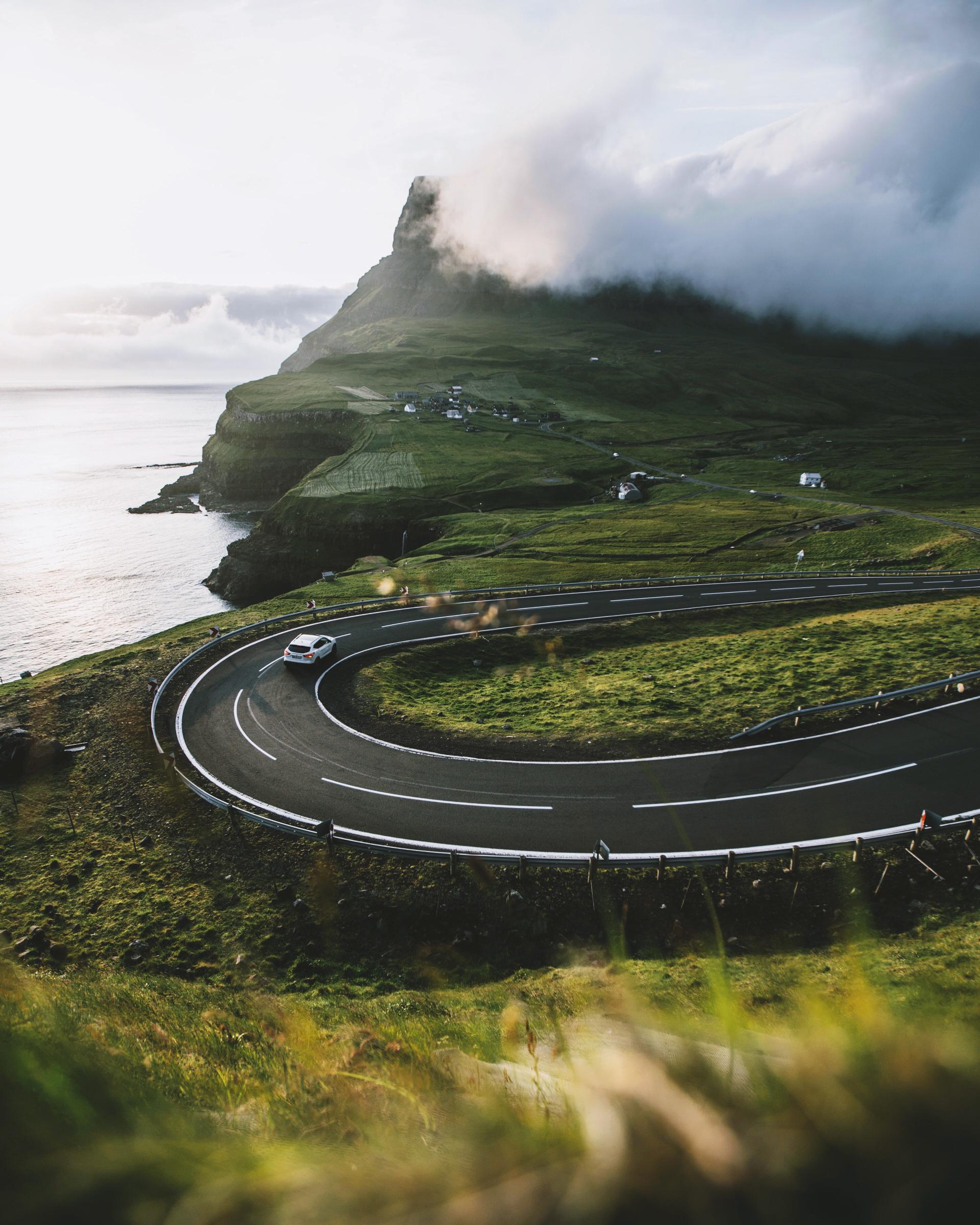
Array

Array

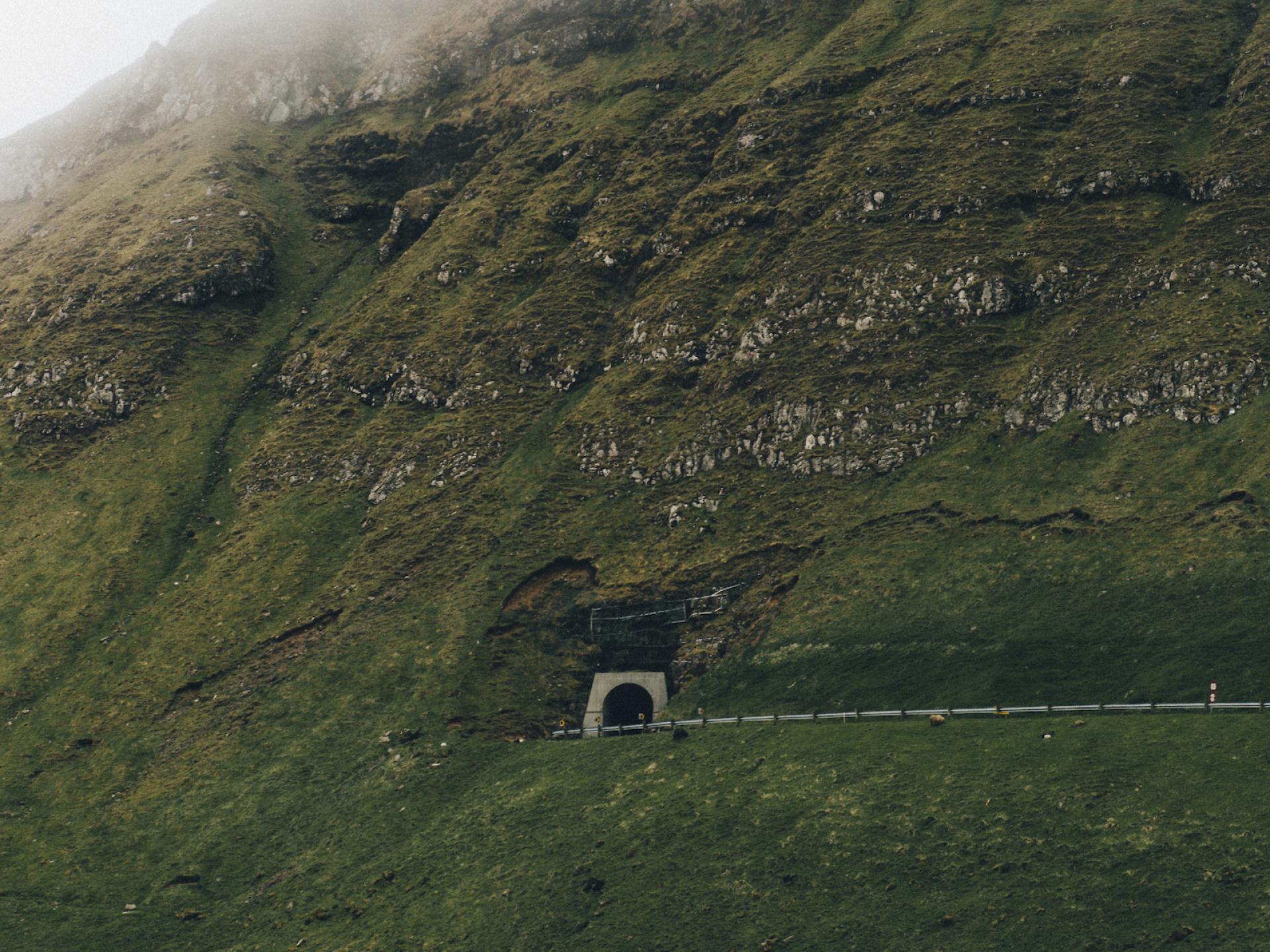


Array

Array









Link Copied!

Discover the Faroe Islands quickly and affordably by using the public transportation system. With a multi-day travel card, you can enjoy bus and ferry travel (excluding Mykines) without worrying about individual fares.
Helicopter travel is subsidized by the government so that locals can live on some of the archipelago’s more remote islands; hence, this form of transport is mainly reserved for residents. However, you can, during the peak seasons, find specific sightseeing tours arranged by Atlantic Airways.
Combining the public bus option with a guided bus tour is a great way to explore the Faroe Islands. This will give you a more in-depth understanding of the areas you visit. Many tour operators and on-location coordinators offer guided bus tours to various locations in the Faroe Islands.
You should book transportation from the airport to your accommodation in advance. You can take the bus or order an excellent shuttle from one of these services.
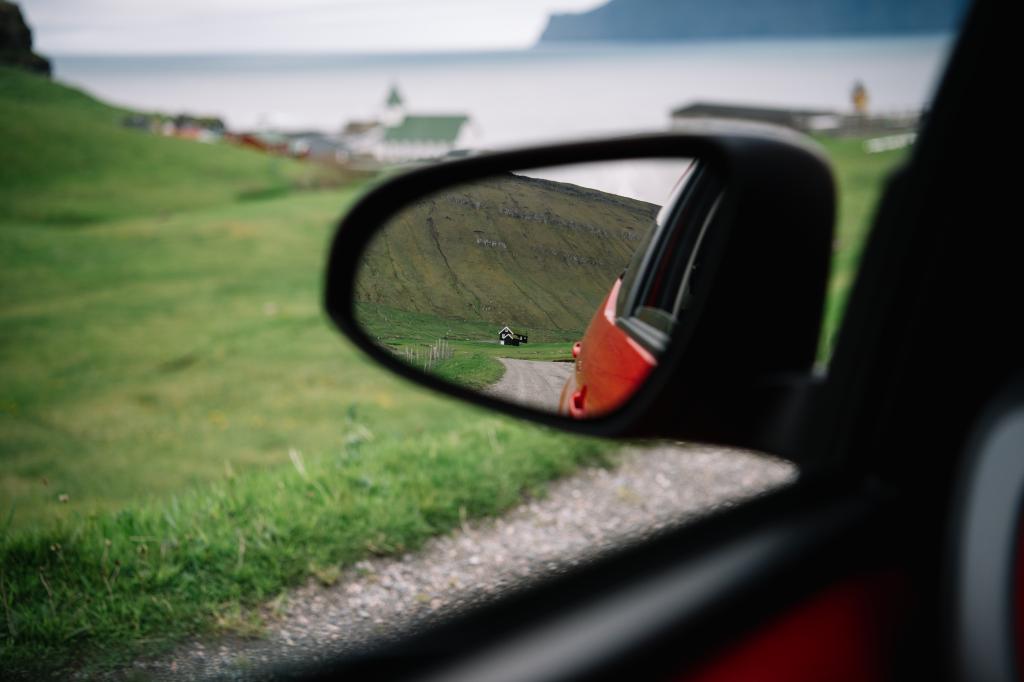
Book a taxi, an airport taxi or transport to different attractions in the Faroe Islands where your taxi driver is your guide
Tórshavn

A transportation company that offers both airport transfers and guided sightseeing tours
Tórshavn

Premium chauffeur service in the Faroe Islands
Streymoy
Most islands are connected by an excellent infrastructure of roads, bridges, and subsea tunnels, making travel effortless.
For example, you can take in the majestic view of Múlafossur waterfall in Gásadalur, explore the breathtaking gorge in Gjógv and hike out to the Kallurin lighthouse on Kalsoy all in one day – and even make it back in time for a lamb roast dinner in Tórshavn. (This depends on how many photos you plan on taking at each location – which is usually quite a lot!)
Please note that some villages with narrow roads do not allow access to camping cars. These villages include Tjørnuvík and Múli. Find your bus schedule to Tjørnuvík here.
Although the Faroe Islands is one of the safest countries in the world, getting around here might differ from what you are used to. Before you begin your journey, you must know weather extremes, narrow, windy roads, and different road rules.
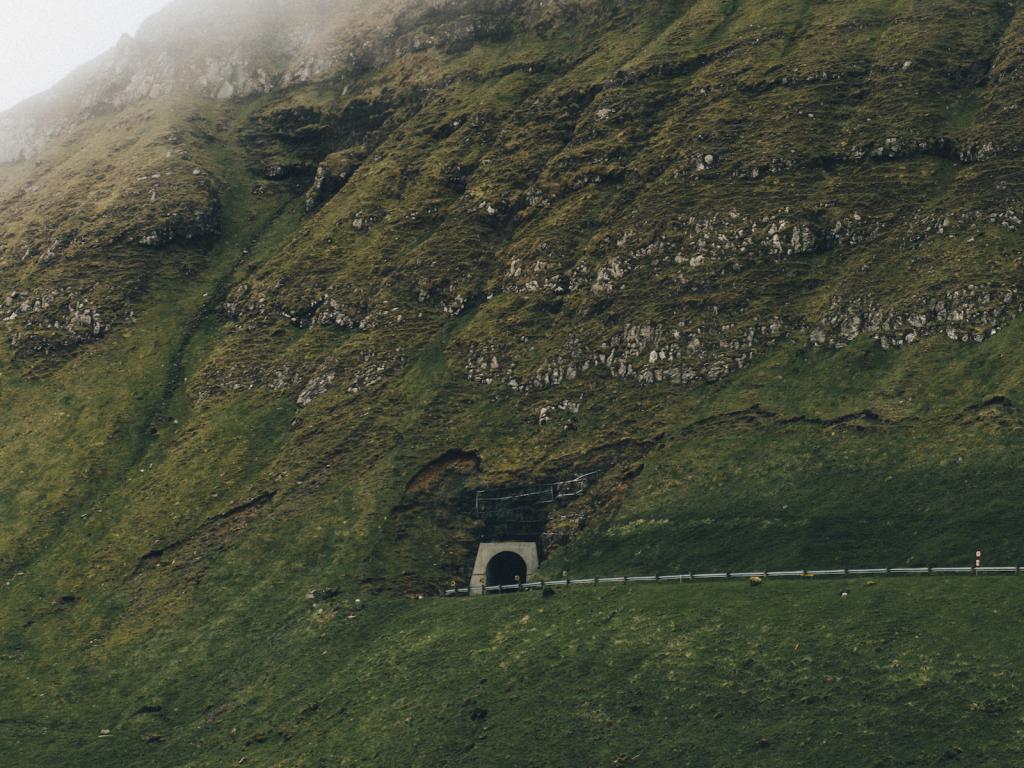
There are several one-lane tunnels in the Faroe Islands
Car rental agencies in the Faroe Islands offer a range of vehicles that can be booked online, through a travel agent, or at Vágar airport. Some companies are located at the airport and offer pick-up and drop-off services, while others are not. You should check with the rental company beforehand to understand their policies.
There's nothing like wandering around the Faroe Islands on a bike, exploring the sights. The lanes are fantastic, and there's a new sight around every corner. Find a list of bike rentals here.
All major highways are paved, but some roads, especially to the smaller villages, are still gravel roads. Navigating these roads carefully, as loose gravel can make driving difficult. Many roads and tunnels leading to villages can be narrow, so please choose a safe speed according to the conditions. To keep traffic flowing, these roads have lay-bys (widened sections formed to one side to leave the road free for others to pass). These lay-bys are NOT to be used for parking.
The general speed limit is 50 km/h in urban areas and 80 km/h on asphalt and gravel roads in rural areas. Road maps help, so bring one along before you start your journey. They can be picked up at regional information centres nationwide.
Motorists are legally obliged to use headlights at all times, day and night. Passengers in an automobile's front and back seats must wear safety belts. Talking on a mobile phone and driving under the influence of alcohol is strongly prohibited.
In case of an accident, please contact the Faroese Police by calling +298 351448. If the accident is an emergency, please call 112.
Please note that sheep enjoy walking on roads, regardless of traffic. If you hit a sheep, please report this to the Faroese Police by calling +298 351448. You will not be required to compensate the farmer for lost income. However, if the accident is not reported to the police, the farmer cannot apply for reimbursement from their insurance company. By reporting the accident, you are helping the farmer.
Off-road driving is prohibited by law in the Faroe Islands. Please respect nature and stay on paved roads.
Parking in Klaksvík, Tórshavn, Runavík and at Vágar Airport is restricted. Parking discs must be displayed in the lower right-hand corner of the front windscreen, showing the time you parked your car. These display discs are free from banks and regional tourist centres nationwide. Parking violations will incur a fine of DKK 200.
Filling stations are located on most islands. Distances between filing stations may vary, so ensure you have enough fuel to reach the next one.
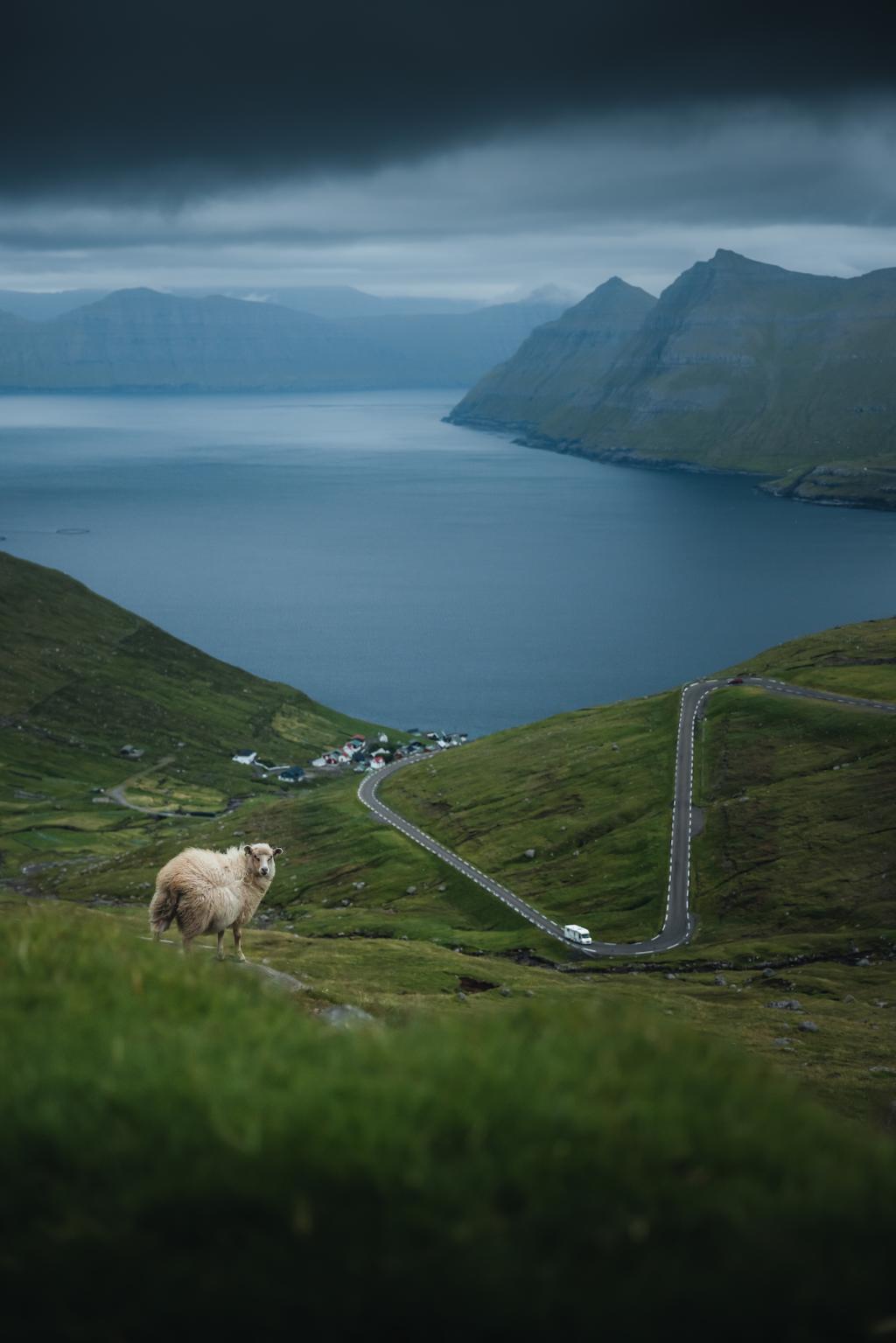
These tunnels have changed our lives,” he says. “My grandmother lived on another island and would sometimes take three days to get to Tórshavn by rowing boat, stopping to stay at farmhouses en route and waiting for the right tide and weather. She would never believe the speed at which we do things now"
Edvard Fuglø, Faroese artist to The Guardian, UK
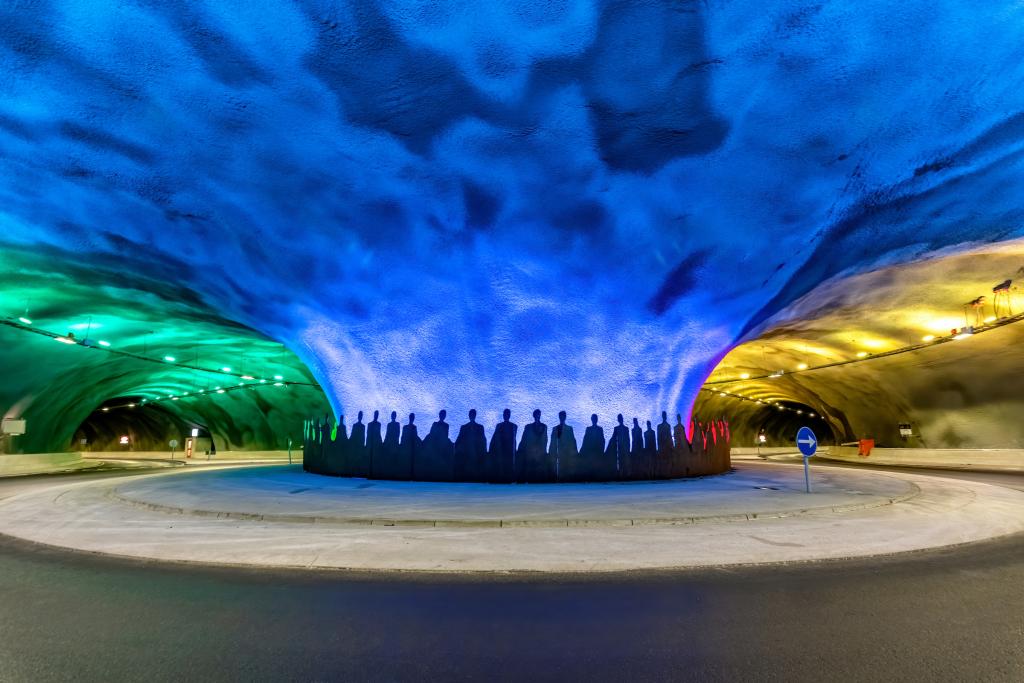
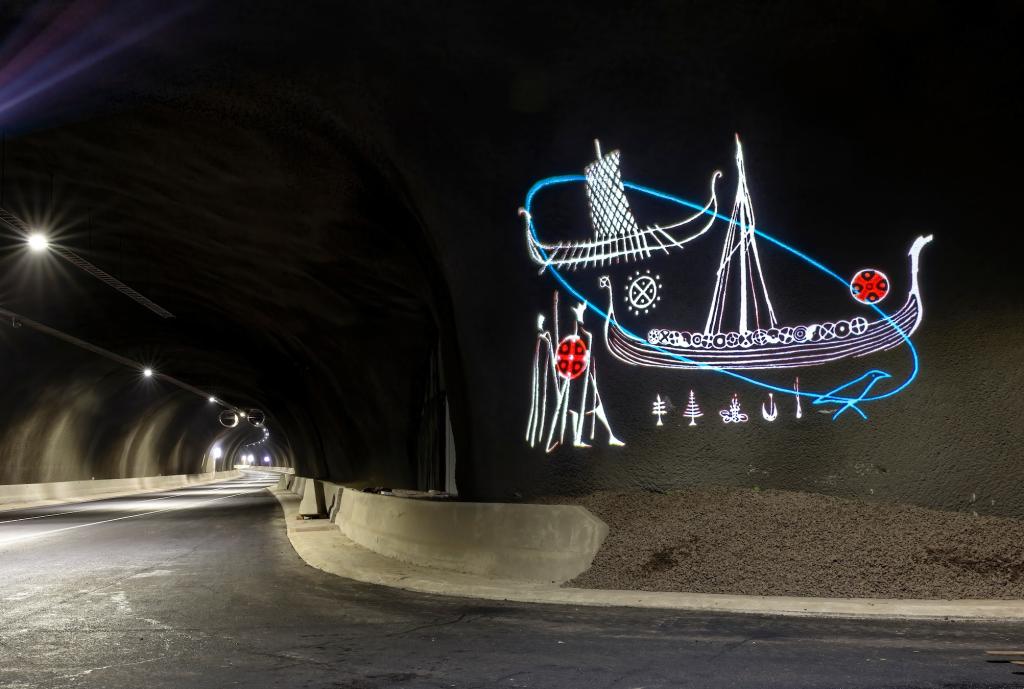
It is more significant than going from A to B; this is a route to another world. The Faroe Islands has four subsea tunnels: Vágatunnilin, Norðoyartunnilin, Eysturoyartunnilin, and Sandoyartunnilin. All require a toll payment, and prices vary.
Vágatunnilin connects the western island of Vágar (Airport) to the island of Streymoy (capital Tórshavn). If you arrive by plane and plan to visit other islands besides Vágar, you must drive through this tunnel. You only pay for one stretch of the journey when travelling from Vágar.
Norðoyatunnilin connects the northern island of Borðoy (Klaksvík) to the island of Eysturoy (Leirvík). You only pay for one stretch of the journey when travelling from Klaksvík.
Eysturoyartunnilin connects the island of Streymoy (Tórshavn, the capital) with Eysturoy (two towns: Strendur and Runavík). In this tunnel, you pay both ways.
Sandoyartunnilin connects the mainland of Streymoy (Tórshavn, the capital) with the island of Sandoy. This means you are also closer to the remote island of Skúvoy, where you can take the ferry. When travelling to Sandoy, you only pay for one stretch of the journey.
There are no pay stations at the tunnels. You can only pay online. Speak with your car rental hire about your toll payment possibilities.
Payment must be made within three days. If payment is not made, the bill will be sent to the car's owner by post.
Visit tunnil.fo for prices and further information.
LAT AFTUR